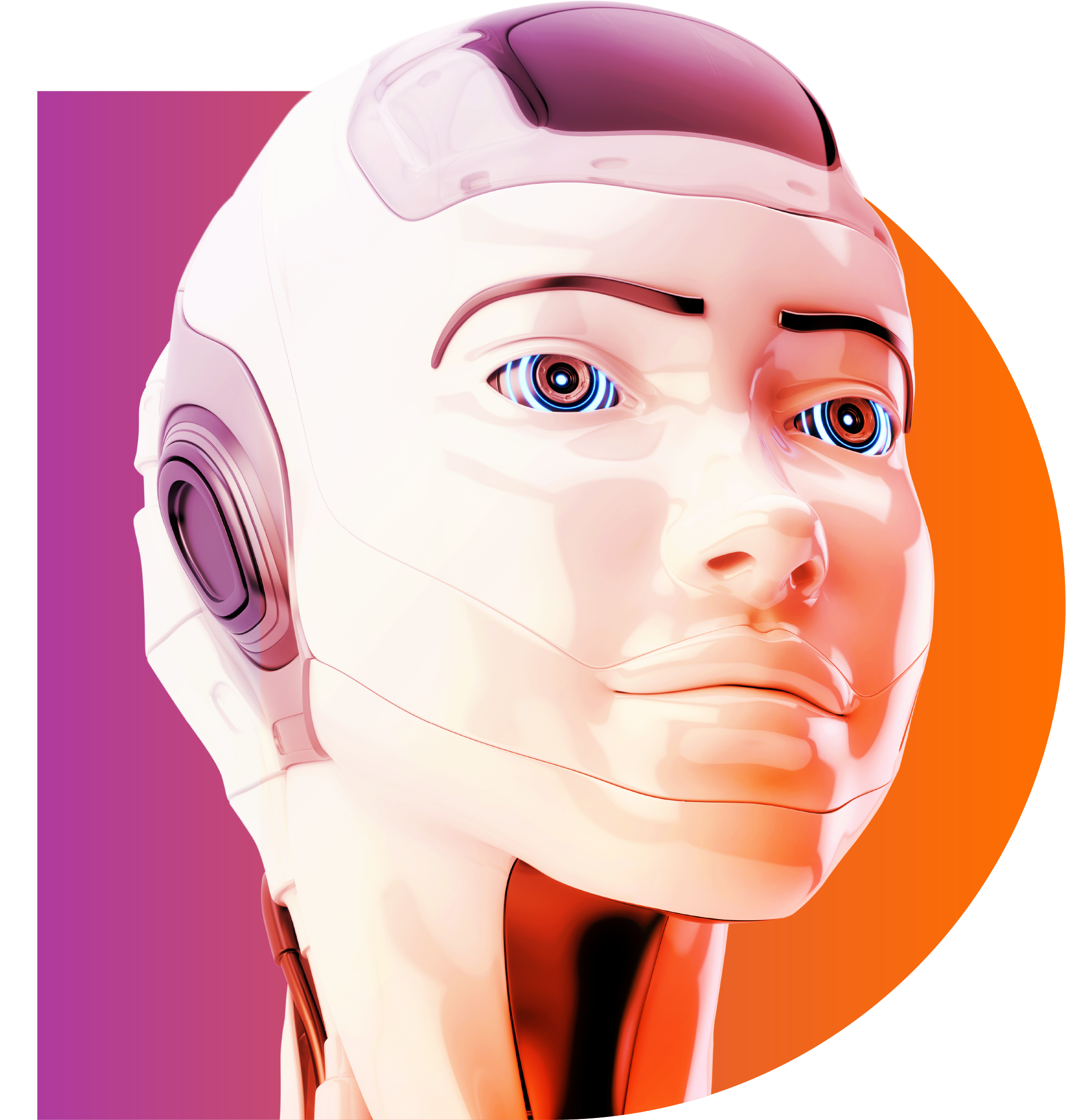2021 Digital Trends
Shaping a new world

|
01The New Digital JourneyCOVID-19 has brought about a global change in the way of life. With the rise of the Low Touch Economy, the interactions between business and consumer have undergone a complete revolution, giving way to an entirely digital Customer Journey. Companies must adapt their business and operational models to this new reality, where digital acceleration is the main solution. |
02Digital Buyers RevolutionThe pandemic has transformed the consumption patterns of millions of people, resulting in a total opening up to digital channels. To meet this type of demand, companies must develop a strategy to optimise their digital sales platforms, focusing on operational automation and business innovation. The way of selling must be reinvented. |

|

|
03Technology Discovers EmotionsIn an environment where 100% digital interactions are the norm, society needs more than ever for companies to manage to humanise touchpoints. Technological advances in AI, Affective Computing and sentiment recognition are managing to decipher our emotions, allowing us to anticipate needs and personalise experiences as much as possible.
|
04Democratic Artificial IntelligenceAn intelligent technological ecosystem is one of the pillars of digital acceleration. In this sense, Artificial Intelligence and its diverse applications are an area that is becoming increasingly more democratic, becoming a tangible and tactical element, as a consequence of the progressive increase in knowledge about its operation, learning, evolution of skills and decision-making. |

|

|
05My Digital SelfThe digital era, driven by the new context, poses the following dilemma: why can’t we do everything we do in physical form in digital form? In an ideal scenario, both worlds should offer the same scope. In fact, the digital ecosystem offers greater availability, portability and convenience. However, this situation involves a challenge: privacy management.
|
06Digital Enterprise ArchitectureThe great technological advance is encouraging the development of 100% digital business architectures. This approach enables the implementation of a business and operational model with maximum control, scalability, elasticity and cost reduction; being automation, a flexible data fabric and the deployment of modular business capabilities essential aspects. |

|


